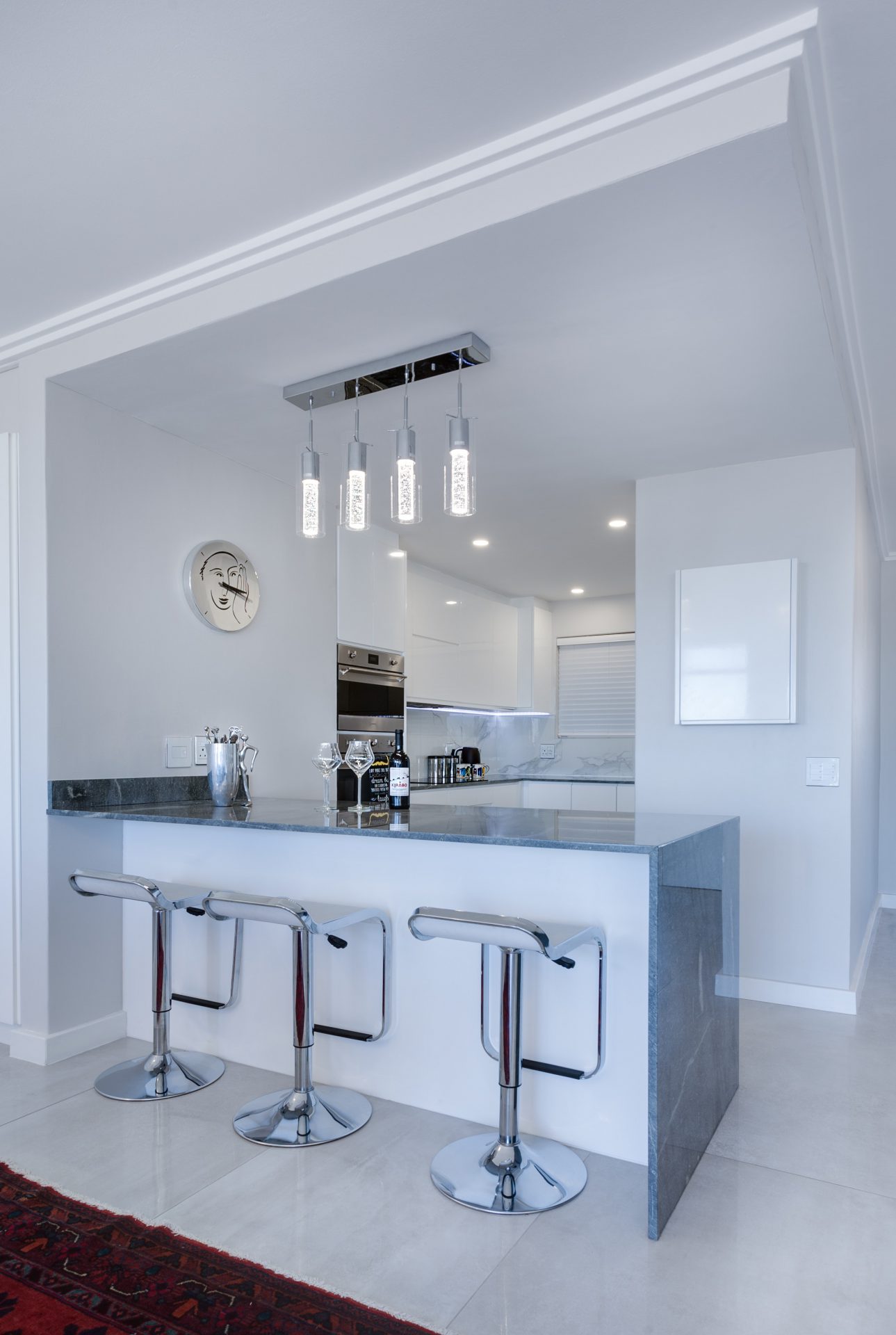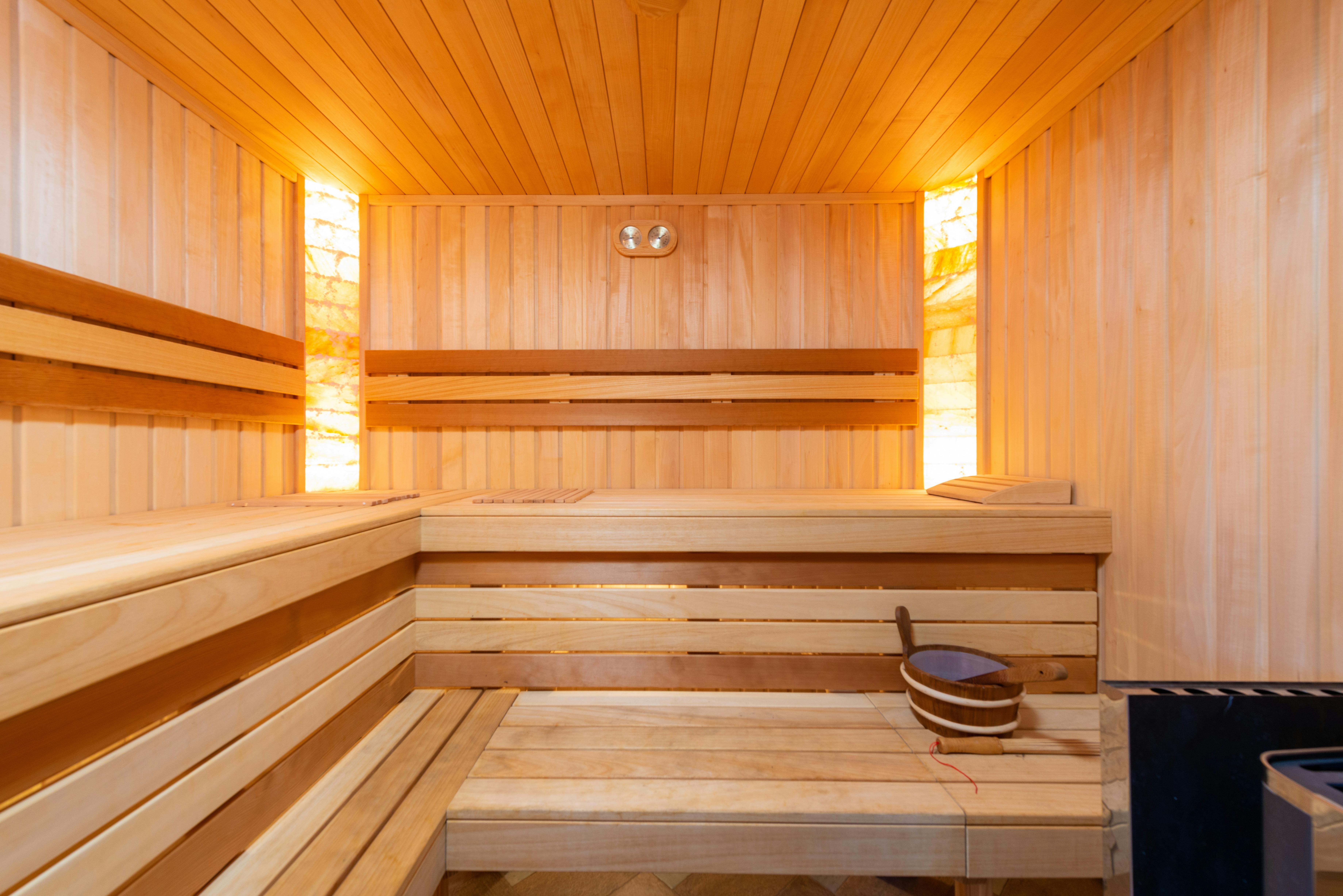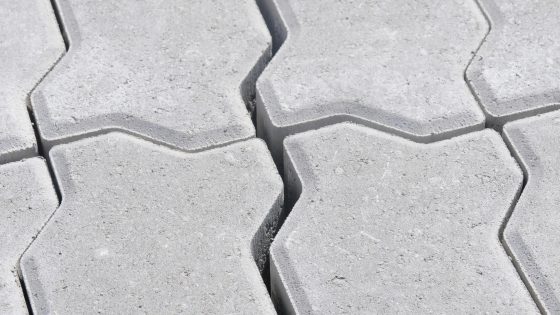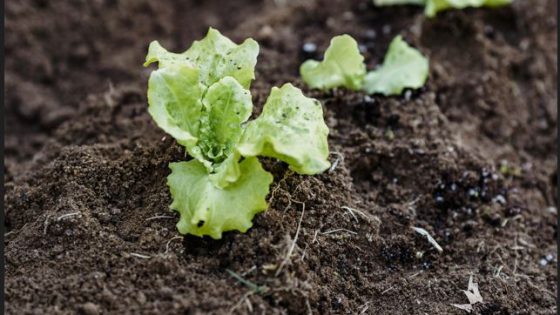Along with cabinets, counters in any kitchen must be both functional and attractive. As counters take up a large surface area, choosing the correct material and hue will be crucial to pulling your space together.
In the past, counters were fairly basic and were made using either butcher block, stainless steel, melamine, concrete or tiles. In more recent years natural stone counters have come to dominate the counter market. Today you can select from amongst granite, quartzite, quartz, marble, limestone and soapstone counters along with the more traditional options.
So, what’s the difference between the natural stone options? While they are all strong and resilient, certain stones are better suited to counters than others. We’ll look at the top options over here.
Quartz
The best choice in counters for those who want the least maintenance is quartz. Engineered using quartz fragments/dust and resin, this extremely hard and durable material is highly resistant to scratches, chips and stains and can be easily cleaned with regular cleaners. It also doesn’t require any sealing to be done. The only drawback is that high heat can occasionally melt the resin in the material and leave a mark – so, using a trivet or hot plate is a must. Quartz comes in a variety of colours and designs, which means that it is very easy to choose the exact colour/pattern that you want for your space – and since they are engineered, they don’t have imperfections like natural stone does. Quartz is similar to granite in cost and can be quite expensive.
Granite
Polished granite continues to be the most popular choice in counters. Not only is granite very strong and resilient, it has a luxurious quality and every slab is unique. Similar to quartz, granite is heat resistant but should not be exposed to high temperatures for extended periods of time as that can remove the sealant from your counter. Granite also needs to be sealed every year since it is a porous rock and can stain if not properly cared for. Along with quartz it is among the more expensive countertop options.
Soapstone
Soapstone was historically used in farmhouses and centuries-old homes, however, it is seeing a resurgence as it is a durable, easily maintained surface for kitchens. Soapstone comes in only one dark grey colour with light veining and tends to darken over time. It also forms an antique-looking patina that will lend itself well to kitchens with an old look/feel. Soapstone is highly durable, fairly heat resistant is resistant to scratches and chips, although these can occur. If/when they do, they can be buffed away to keep the counter looking its best – or if they are allowed to remain, will add to the antique feel of the counter. They do need to be sealed every year with mineral oil.
Marble
Although marble will always be included in the list of most desirable countertop materials, it is the softest, which means that much greater care is needed to keep it looking its best. It chips and scratches fairly easily and due to its highly porous nature it stains far more quickly than other stones – even after sealing. However, marble is still a very luxurious stone and one of the most attractive as well. Of course, it has one of the higher price tags of all the countertop options, but if you are willing to put in the work of keeping it looking its best, then it can be one of the highlights of your home.
While the other stone options are also very desirable in kitchen settings, they tend to be less used than the ones above, but can definitely create a huge impact when chosen well.




